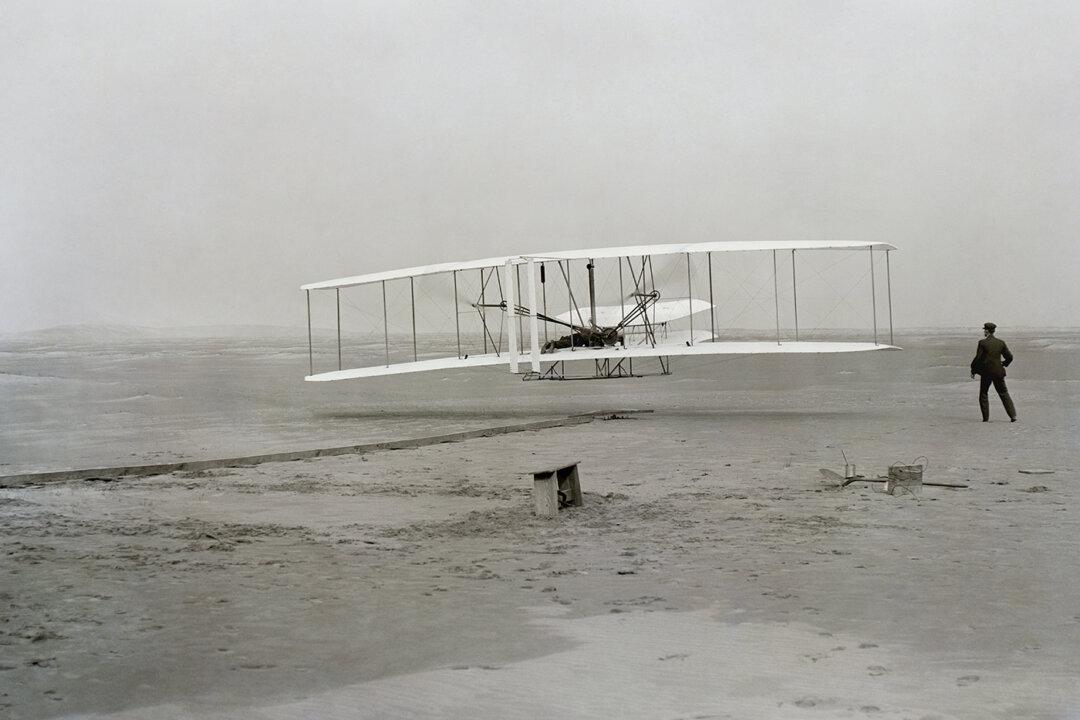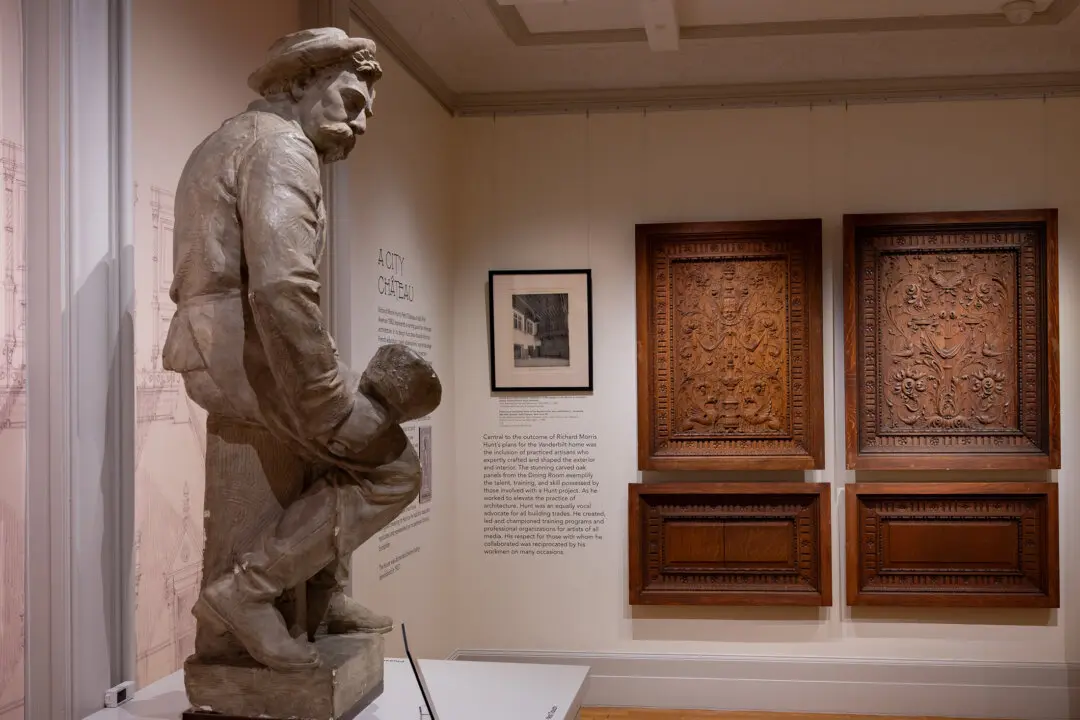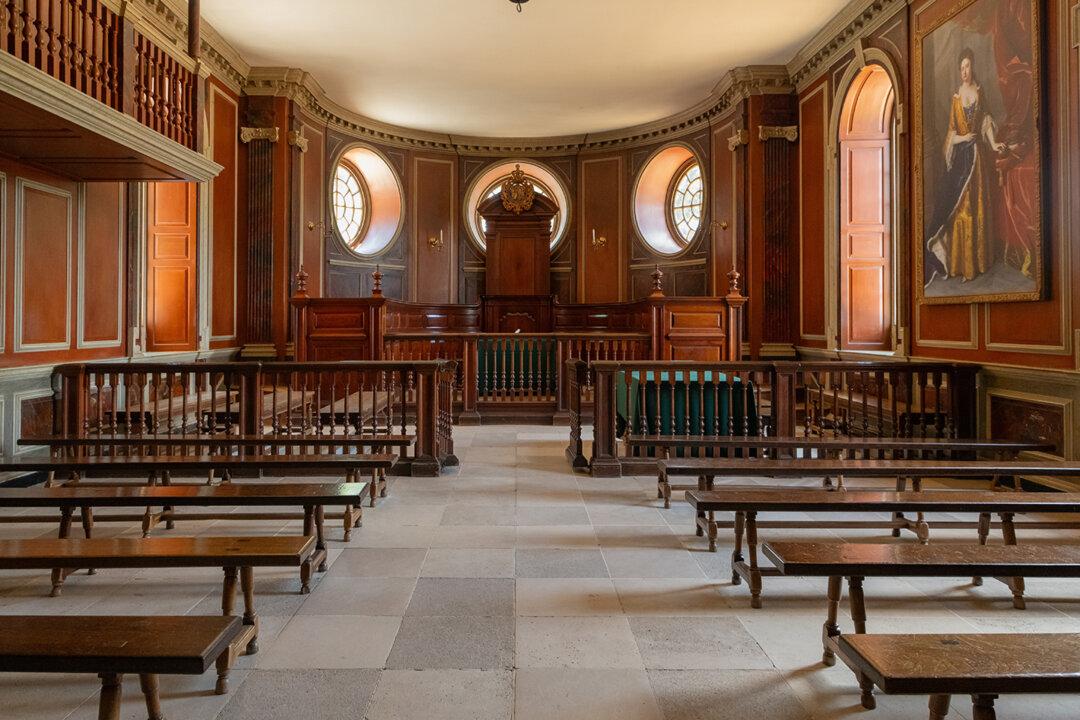Wilbur and Orville Wright are rightly credited with the first airplane flight, but at the Washington Flight Standards District Office of the Federal Aviation Administration, analyst Maria Papageorgiou points out that creating the airplane was one thing. Maintaining aircraft integrity created a whole new (largely unsung) group of heroes.
She said, “If it hadn’t been for the engine that Charles E. Taylor built for the Wright brothers’ aircraft, the date Dec. 17, 1903, would have marked nothing more than a day at the beach in Kitty Hawk, N.C. It was Taylor’s engine that turned the Wright glider into the history-making Wright Flyer.”





